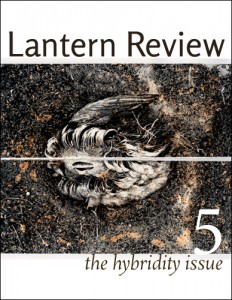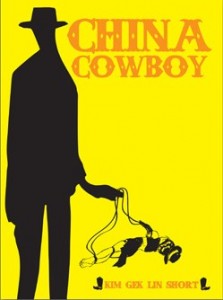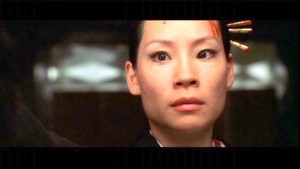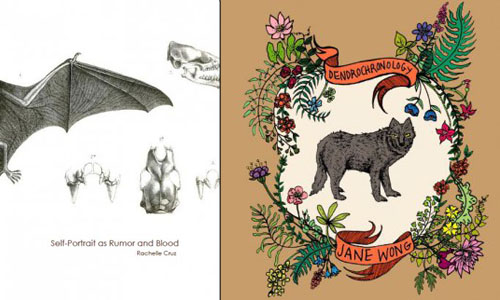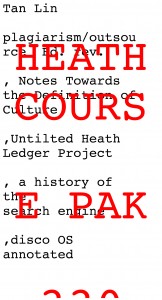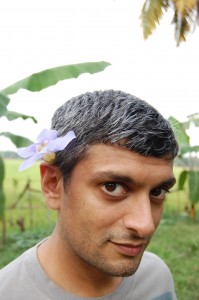
Kazim Ali is a poet, essayist, fiction writer and translator.
His books include several volumes of poetry, including Sky Ward (Wesleyan University Press, 2013), The Far Mosque, winner of Alice James Books’ New England/New York Award, The Fortieth Day (BOA Editions, 2008), and the cross-genre text Bright Felon: Autobiography and Cities (Wesleyan University Press, 2009). He has also published a translation of Water’s Footfall by Sohrab Sepehri (Omnidawn Press, 2011). His novels include Quinn’s Passage (blazeVox books), named one of “The Best Books of 2005” by Chronogram magazine and The Disappearance of Seth (Etruscan Press, 2009), and his books of essays include Orange Alert: Essays on Poetry, Art and the Architecture of Silence (University of Michigan Press, 2010), and Fasting for Ramadan (Tupelo Press, 2011).
In addition to co-editing Jean Valentine: This-World Company (University of Michigan Press, 2012), he is a contributing editor for AWP Writers Chronicle and associate editor of the literary magazine FIELD and founding editor of the small press Nightboat Books.
He is an associate professor of Creative Writing and Comparative Literature at Oberlin College.
* * *
LR: As a writer, you have the unusual ability to move seamlessly between genres—poetry, fiction, and essays. Can you describe what it’s like to make those transitions? Does your creative process change between genres and if so, how?
KA: I always liked a musical, lyrical, rhythmic kind of prose. Anais Nin’s book The House of Incest was one of my favorite books growing up. I found myself attracted to brief prose forms, ones that could be taken in at a single setting, that acted nearly as music. I like transporting the shape of a lyric poem into prose, whether an essay or fiction.
The form of the “prose poem” per se has never been very interesting to me. First of all because I love the sentence more than the paragraph. And secondly because what prose—the novel or the essay—really offered was time. So I am not interested in brief prose forms, flash fiction or whatever.
There are times when the question of genre doesn’t matter. My book Bright Felon: Autobiography and Cities, for example—does it matter if it is prose-poetry or lyric memoir or whatever? I’ve often thought it should be taught in Urban Studies classes. It is about “cities” after all!
Does the category matter? Only if you are trying to sell the book, not for the reader or for the writer. It was written as a “book;” that’s pretty much what I have to say about it. Of course it’s prefigured by texts like “Event,” “Train Ride,” “The Journey,” and “Travel,” all published as poems in my first collection The Far Mosque.
I am not sure I think about genre as I am writing, but many times as I work on poems (I have been working on one about Varanasi for a long time) I will think: this needs to be in prose because I need more time.
Poems happen in a moment, like music, while prose creates an architecture of experience, like dance? Is that it?
LR: Your prose is often infused with poetry, and you sometimes work with prose poetry. What inspires you about crossing genres?
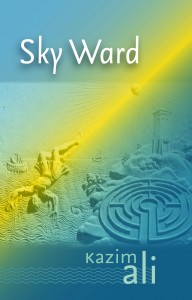
KA: Well, language is itself, queer, revelatory and unsettling. So it’s the “poetry” or the non-normative, the performative and oral, that I privilege always. Bringing the resources of poetry in the novel or the essay is my path. I barely write traditional narrative poetry, though some comes in here and there (for example, in my recent book Sky Ward there are many narrative poems, including “Fairy Tale,” but this is a new development! Who knows how long it will last).
LR: How has your background in music and dance informed your poetry?
KA: Sound and silence have always been critical to me in constructing a poem, often times coming before sense or leading me to some kind of sense. (Though I am still suspicious of nonsense, I confess). Dance (and yoga) helped me to learned the physical capabilities of the body and the length of a breath. Choreographing on a stage gives you lots to think about in terms of the shape of a poem and the shape of the page.
Do you know that reading series “Page Meets Stage”? I have never (yet) been invited to participate but I think I am both Page and Stage. In fact the page is a stage, isn’t it? I feel a lot of kinship with writers who work in both senses.
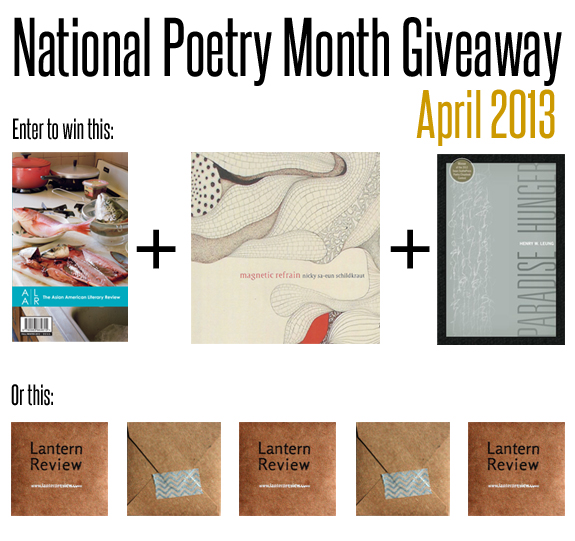
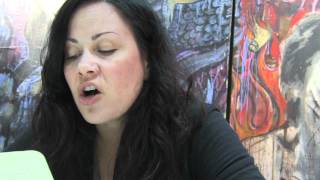 Sharon Lee reading one of her father’s poems,
Sharon Lee reading one of her father’s poems,